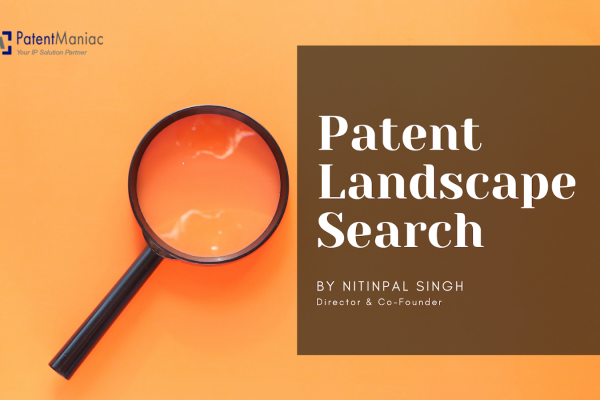How to Search for State-of-the-Art?
Inventions to be patented are either absolutely novel or an improvement suggested to the previous or existing solutions present in the market. As the innovation industry evolves every decade, various solutions to existing problems are identified and filed with patent offices. These solutions are more economical, less complex, and easily integrated with emerging technologies.
As a matter of fact, the twenty-year lifecycle of a patent gives ample time to evolve around an existing patent and identify alternative ways that are less costly, more efficient, and easily adaptable to state-of-the-art technologies. This makes the problem exist however solutions corresponding to it are now diversified.
Hence, a State-of-the-art (SOTA) is majorly a need of Fortune 500+ companies to build and strengthen their patent portfolio by understanding patents solving one or more problems, and identifying novel techniques to solve the problem which is less complex and more economical from a problem standpoint.
It is to be understood that a basic need to State-of –the-art is also to understand patents issued or applications published within the last twenty years to see and understand a technology area or a technical problem and its solutions.
Some tips that shall be considered while conducting a SOTA search include:
· Twenty Year Lifecycle of patent
· Covering Active/Inactive patents
· Relying on Class (IPC/CPC/U.S.) based search
· Conducting Broad search with respect to the technological problem
· Limiting the search to claims, if possible to gather relevant patent data-set
It is recommended to exclude patents before twenty years as the technology stands outdated. The patent data-set gathered serves as the right guide to review and understand various solutions to a technical problem.
In case of any queries, please reach PatentManiac at mail@patentmaniac.com.





